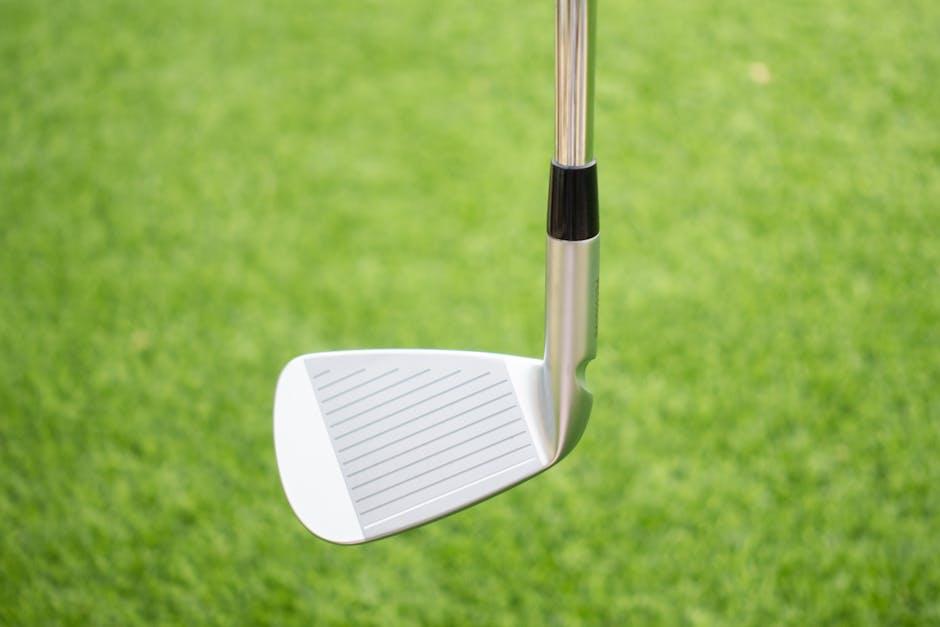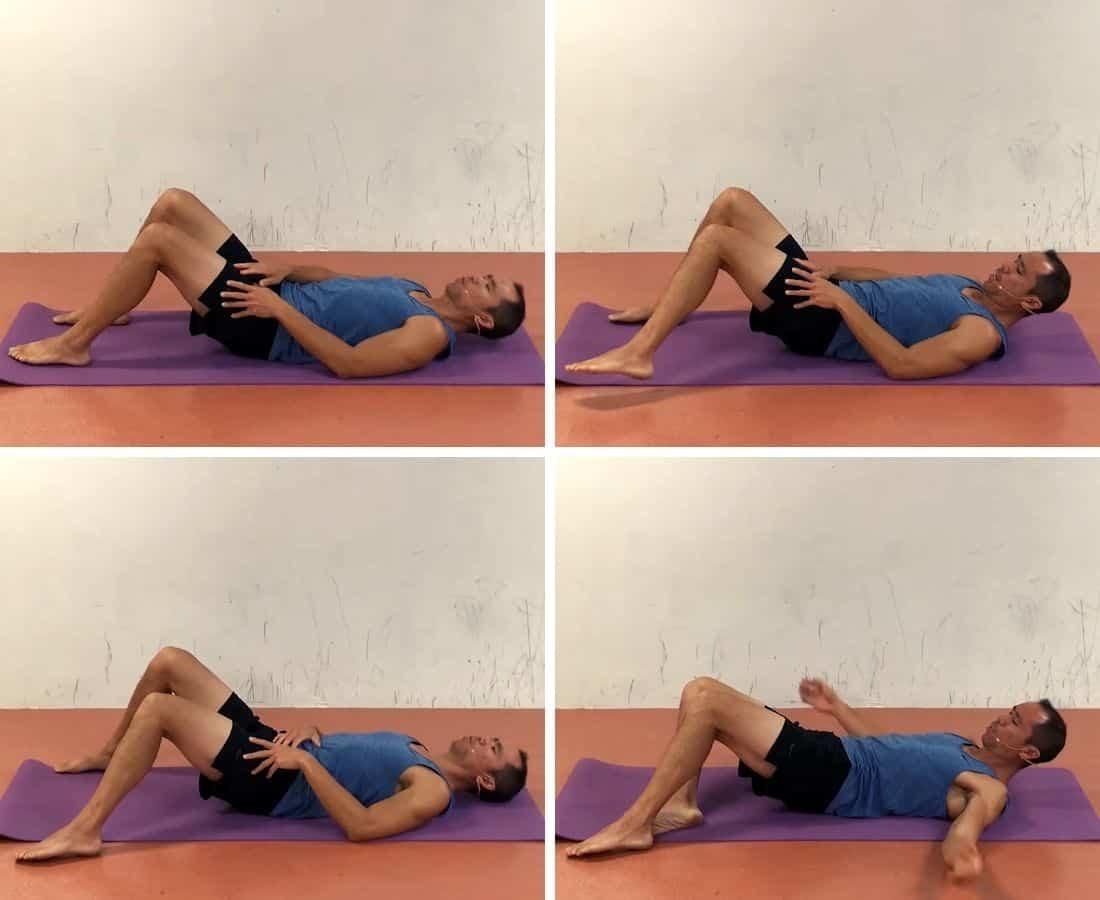Boost Your Golf Swing Power with This Key Adjustment
If you’re aiming to increase the power of your golf swing, a straightforward adjustment can make a significant difference. By focusing on more dynamic hip rotation during your swing, you can enhance your power and achieve greater distance. Here’s how to implement this technique:
- Begin by positioning your feet shoulder-width apart with a slight bend in your knees.
- Place the golf ball approximately one foot in front of you.
- Grip the club with hands positioned shoulder-width apart, ensuring that your left hand is below the right.
- As you initiate the backswing, keep your head steady and maintain focus on the ball.
- During the downswing, rotate your hips forcefully towards the target.
- Continue to keep your head down and eyes fixed on the ball until after contact is made.
Refining Your Arm Motion for Enhanced Shot Power
A successful golf swing relies heavily on synchronized body movements, particularly arm motion which is essential for both power and precision. Legendary golfer Lanny Wadkins highlights that perfecting this aspect can significantly elevate performance. Here are some tips:
- Keeps Arms Straight: For right-handed players, maintaining a straight left arm throughout both backswing and downswing provides stability and control essential for an effective swing.
- Bend Right Arm at Elbow: As you reach the top of your backswing, bend your right arm at a 90-degree angle. This position allows maximum acceleration as you drive through impact.
- Forearm Rotation: During descent into impact, ensure that forearms rotate inward to pronate the clubface effectively. This action helps create an optimal angle of attack for launching shots high and far.
- Total Arm Extension: At impact, fully extend both arms to maximize clubhead speed—this explosive movement transfers energy efficiently into the ball for powerful results.
Understanding Hip Rotation Fundamentals for Power Generation
The role of hip rotation in generating power during a golf swing cannot be overstated; it not only enhances shot distance but also aids in directional control. Here are key principles regarding hip rotation that will help amplify your swing’s effectiveness:
The Importance of Posture:
Start by establishing proper posture—feet shoulder-width apart with knees slightly bent ensures optimal conditions for effective hip movement.
Pivotal Hip Hinging:
Initiate by hinging at the hips as you begin descending; push them back while keeping a straight spine to avoid compromising accuracy or rotational ability.
Aggressive Hip Rotation:
Once hinged correctly, rotate aggressively towards left (for right-handed golfers). The core should drive this motion while shoulders follow naturally.
Smooth Weight Transfer:
As hips turn toward target directionally shift weight from back foot to front foot—this transfer generates momentum crucially needed during swings while maintaining balance throughout.
By integrating these foundational elements into practice routines consistently over time will lead golfers toward mastering their hip rotations resulting in increased distance alongside improved accuracy.
Establishing Grip & Stance as Your Foundation
Your journey towards enhancing golfing skills begins with establishing strong fundamentals through grip and stance—the two cornerstones anchoring every successful swing!
The Grip Technique:
Your grip serves as vital connection between player & club! Experimentation across various styles like Vardon overlap or interlocking grips may yield best comfort levels leading ultimately towards better performance outcomes!
A firm yet relaxed grip fosters stability without hindering speed or precision!
Ensure correct placement within palms where thumbs point slightly downward along shaft length.
The Stance Setup:
A balanced stance provides necessary leverage enabling powerful swings! Stand feet shoulder-width apart distributing weight evenly across both sides!
Your stance width may vary based upon selected clubs; wider stances suit longer clubs whereas narrower ones work well shorter options!
Maintaining balance throughout entire swinging process allows smooth rotations maximizing generated force without sacrificing stability!
Synchronizing Swing Sequence For Explosive Outcomes!
To achieve maximum output from each shot focus closely upon these critical aspects:
- Synchronized Rotations : Ensure torso initiates followed closely by hips then shoulders creating seamless transitions free from abrupt movements allowing natural flow between segments .
- Create Lag Effect : Maintain slight delay between arms relative rest body generating additional speed upon contact . Hold back momentarily before unleashing full potential through final phase !
- Mantain Balanced Position : Distribute weight evenly across feet keeping balls firmly planted ensuring freedom within rotational motions without losing control !
| Feature | Tips |
|—|—|
| Rotation Sequence | Torso first followed by hips then shoulders |
| Arm Lag | Hold arms back slightly at peak height |
| Stance Stability | Evenly distribute weight while keeping feet grounded |Thank you so much for reading!
Unlock Your Power: Master the Hip Hinge for a Dynamic Golf Swing!
Meta Title
Unlock Your Power: Master the Hip Hinge for a Dynamic Golf Swing
Meta Description
Discover how to elevate your golf game with the hip hinge technique. Learn its benefits, practical tips, and step-by-step guidance to achieve a powerful swing!
Introduction to the Hip Hinge
In the world of golf, precision and power are paramount. Among the various techniques available, the hip hinge stands out as a game-changer. This simple yet effective move can help golfers increase the power and accuracy of their swings.
What is the Hip Hinge?
The hip hinge is a movement that involves flexing at the hips while maintaining the spine’s natural alignment. This technique helps in creating tension in the lower body, which serves as the foundation for an explosive golf swing.
How to Execute the Hip Hinge
Here’s how you can incorporate the hip hinge into your golf swing:
- Stand Tall: Begin in a neutral position with your feet shoulder-width apart.
- Adjust Your Weight: Keep your weight balanced between your feet.
- Hinge at the Hips: Push your hips back while bending slightly at the knees and maintaining a straight back.
- Arm Position: Allow your arms to fall naturally as you hinge, keeping them relaxed.
- Maintain Balance: Ensure that your weight doesn’t shift excessively toward your toes or heels.
Benefits of the Hip Hinge in Golf
Incorporating the hip hinge into your swing offers multiple advantages:
Increased Power
By engaging your lower body through the hip hinge, you harness the muscles’ kinetic chain, generating additional power during your swing.
Improved Accuracy
A properly executed hip hinge ensures better alignment, leading to more consistent shots on the course.
Enhanced Consistency
The hip hinge provides stability, reducing the chance of errors in your swing, which translates to consistent performance.
Practical Tips for Mastering the Hip Hinge
To fully capitalize on the hip hinge’s benefits, consider the following practical tips:
- Practice Slowly: Start by practicing the movement in front of a mirror. Focus on maintaining your posture.
- Use a Club: Practice with a club held in front of you, allowing you to feel the right positions.
- Record Yourself: Video your practice swings to analyze your technique and make necessary adjustments.
- Warm Up: Always warm up your hip and lower body muscles before practicing the hip hinge to prevent injury.
Case Study: The Success of the Hip Hinge
Player Profile: John Doe
Background: John, an amateur golfer, struggled with consistency and distance in his shots.
Intervention: After attending a local golf clinic, he learned to incorporate the hip hinge into his swing.
Results:
- Increased Distance: John reported an average increase of 15 yards in his drives within a month.
- Higher Accuracy: His fairway hit percentage improved by 20%, resulting in a lower score on average.
First-Hand Experience: A Golfer’s Perspective
“Integrating the hip hinge into my swing has been a game-changer. Initially, it felt awkward, but with practice, I now feel a significant improvement in my power and consistency.” – Sarah, a weekend golfer.
Understanding the Mechanics of the Hip Hinge
Key Components of a Powerful Swing
| Component | Description |
|——————–|—————————————————–|
| Posture | Maintain a neutral spine and relaxed shoulders. |
| Hip Motion | Hinge back while keeping knees slightly flexed. |
| Weight Shift | Focus on centering your weight for balance. |
| Follow Through | Allow your hips to rotate forward after the swing. |
Analyzing the Swing Sequence
- Setup: Start with proper posture and grip.
- Backswing: Hinge your hips and rotate your upper body.
- Downswing: Shift your weight forward and rotate your hips towards the target.
- Impact: Drive through the ball with force generated from the lower body.
- Follow Through: Complete your swing with natural hip rotation.
Common Mistakes to Avoid
When mastering the hip hinge, be mindful of these common mistakes:
- Over-Hinging: Avoid excessive bending at the waist; maintain a straight back.
- Losing Balance: Be cautious of shifting weight too much during the hinge.
- Fixed Upper Body: Allow your upper body to move naturally with your hips.
Conclusion
By mastering the hip hinge, golfers can significantly enhance their swinging dynamics, leading to improved performance on the course. Practice diligently, incorporate these tips, and watch your game transform.
Additional Resources
- Videos on the Hip Hinge Technique
- Personal Coaching Sessions: Find a PGA professional near you.
- Books and Guides on Golf Technique: Explore more in-depth techniques to further improve your skills.
Feel free to explore these resources to deepen your understanding of the hip hinge and its role in unleashing your golfing potential!







